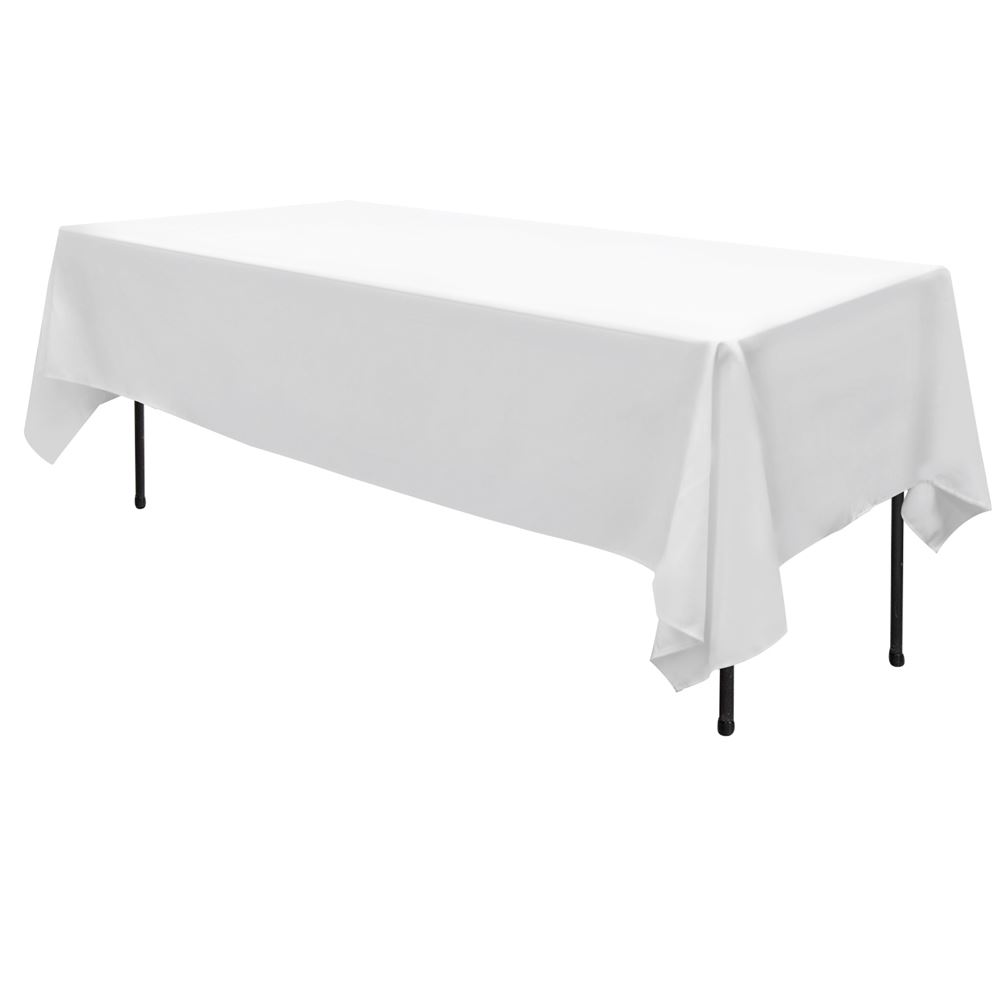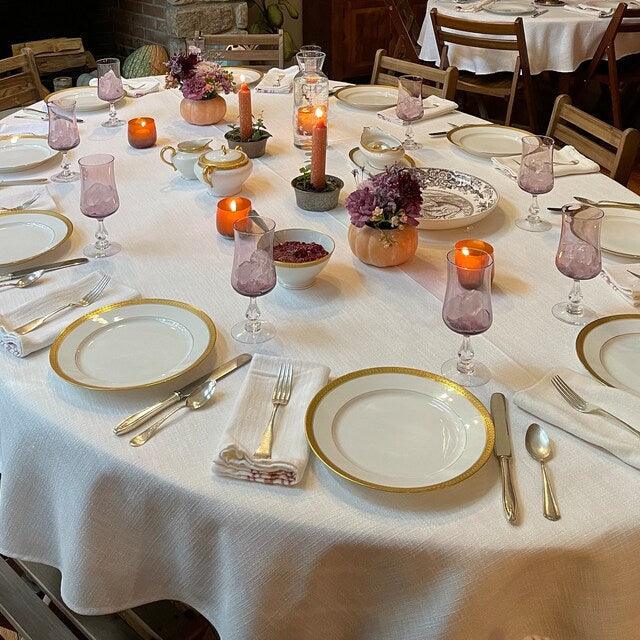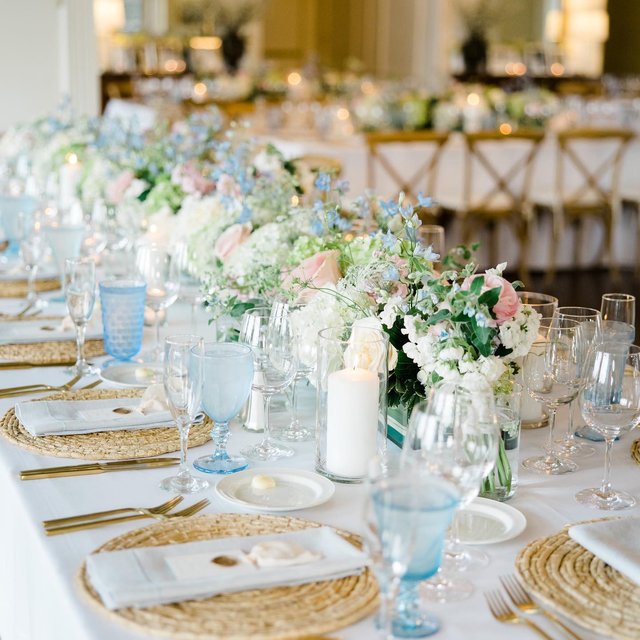Bed Linen Textile Developments: Checking Out Modern Trends and Creative Applications in Style and Fabric Sector
From sustainable production methods to sophisticated weaving modern technologies, the advancement of bed linen is reshaping the landscape of the textile sector. As we dive into the realms of imaginative layout applications and the introduction of linen blends and hybrid textiles, a brand-new chapter unravels in which bed linen's function in future textile technologies takes facility stage.
Lasting Practices in Linen Production
Lasting methods in linen manufacturing have become significantly vital in the textile industry's initiatives to reduce ecological effect and promote moral sourcing techniques. Bed linen, an all-natural fiber stemmed from the flax plant, supplies a series of benefits such as breathability, biodegradability, and toughness. However, standard methods of bed linen production can include substantial water usage, chemical use, and energy-intensive procedures.
To address these difficulties, many textile suppliers are adopting lasting practices throughout the linen manufacturing process. This includes sourcing flax from natural ranches that avoid unsafe pesticides and chemicals, carrying out water-efficient retting strategies to extract fibers from the flax stalks, and using eco-friendly dyes and surfaces. In addition, some firms are investing in renewable resource resources to power their production facilities and minimizing waste via recycling and upcycling initiatives.
Technological Improvements in Bed Linen Weaving
With the expanding focus on sustainable practices in linen manufacturing, the fabric sector is currently witnessing a surge in technological improvements especially targeted at revolutionizing the art of linen weaving. These developments are reshaping the method linen materials are created, using raised performance, top quality, and creativity in weaving techniques.
One of the key technological advancements in linen weaving is the integration of computerized looms. These advanced looms are equipped with software that allows for complex and intricate styles to be woven with precision. By digitizing the weaving process, manufacturers can achieve better uniformity and precision in their linen fabrics.
Furthermore, advancements in thread spinning modern technology have allowed the production of finer and more durable bed linen threads - table cloths. This leads to softer and smoother linen textiles that preserve their high quality even after multiple usages and laundries
Additionally, the growth of green dyeing procedures and surfaces for bed linen materials is gaining grip. These sustainable practices not just decrease the environmental effect but additionally accommodate the increasing customer demand for morally created textiles.
Creative Layout Applications for Linen
Cutting-edge artistic methods are significantly shaping the creative style applications for bed linen in the textile industry. Linen's all-natural visual appeal and ability to blend with various other textiles make it a favorite choice for producing one-of-a-kind garments and devices that cater to the environmentally mindful consumer.
Additionally, developers are experimenting with linen in home design, using its durable and breathable nature to craft trendy furnishings such as curtains, bed linen, and furniture. The structure and drape of bed linen bring a feeling of refinement and convenience to indoor rooms, including a touch of elegance to modern homes.

Linen Blends and Crossbreed Fabrics

Crossbreed fabrics, on the various other hand, take the principle of blending an action additionally by integrating additional components such as metallic strings, recycled products, or conductive fibers. These innovative fabrics not only expand the layout possibilities yet likewise introduce practical aspects like conductivity, antimicrobial homes, or improved sturdiness. Crossbreed materials are increasingly being used in various markets, including style, interior decoration, and technical textiles, where the need for multifunctional materials gets on the rise.
Bed linen's Role in Future Fabric Innovations

In the realm of future textile technologies, linen is expected to be an essential gamer in the growth of advanced functional materials. Scientists and developers are exploring methods to improve bed linen's integral qualities through technological improvements, such as including clever fabrics, nanotechnology, and efficiency finishes. These innovations aim to raise linen's performance qualities, making it appropriate for a wider variety of applications, from activewear to safety apparel.
In addition, the mix of bed linen with various other all-natural or artificial fibers opens limitless opportunities for producing novel textiles with distinct homes and performances. By leveraging linen's characteristics and exploring innovative blends, the textile sector is positioned to present interesting developments that satisfy evolving customer demands and sustainability demands.
Final Thought
Finally, the exploration of lasting methods, technological developments, creative layout applications, bed linen blends, and its role in future fabric technologies highlight the constant development of linen textile in the contemporary design and fabric market. With a concentrate on technology and creative thinking, the flexibility and environmentally friendly nature of bed linen make it a useful material for manufacturers and developers alike, leading the way for additional developments and innovations in the field of fabrics.
As we dig right into the realms of imaginative style applications and the emergence of bed linen blends and hybrid materials, a new chapter unravels in which linen's duty in future textile technologies takes center phase.
Exploring the blend of linen with various other fabrics has led to the appearance of ingenious blends and crossbreed textiles in the contemporary fabric industry. Bed linen blends offer a special mix of the qualities of bed linen with those of various other fibers, resulting in materials that have boosted homes such as raised sturdiness, boosted draping, and reduced wrinkling.The development of bed linen blends and hybrid fabrics has actually established the phase for Linen to play an essential duty in driving future fabric developments.In the realm of future fabric technologies, linen is expected to be a crucial gamer in the growth of advanced practical materials.
Comments on “Elegant Table Runner Concepts: Transform Your Dining Experience”